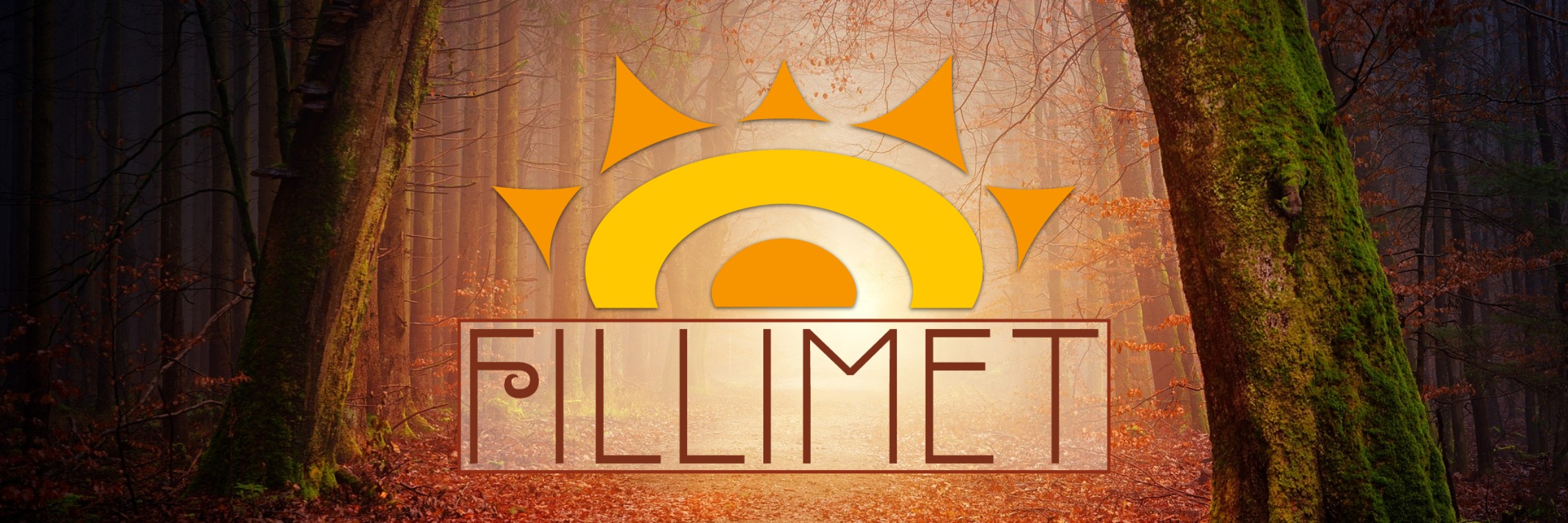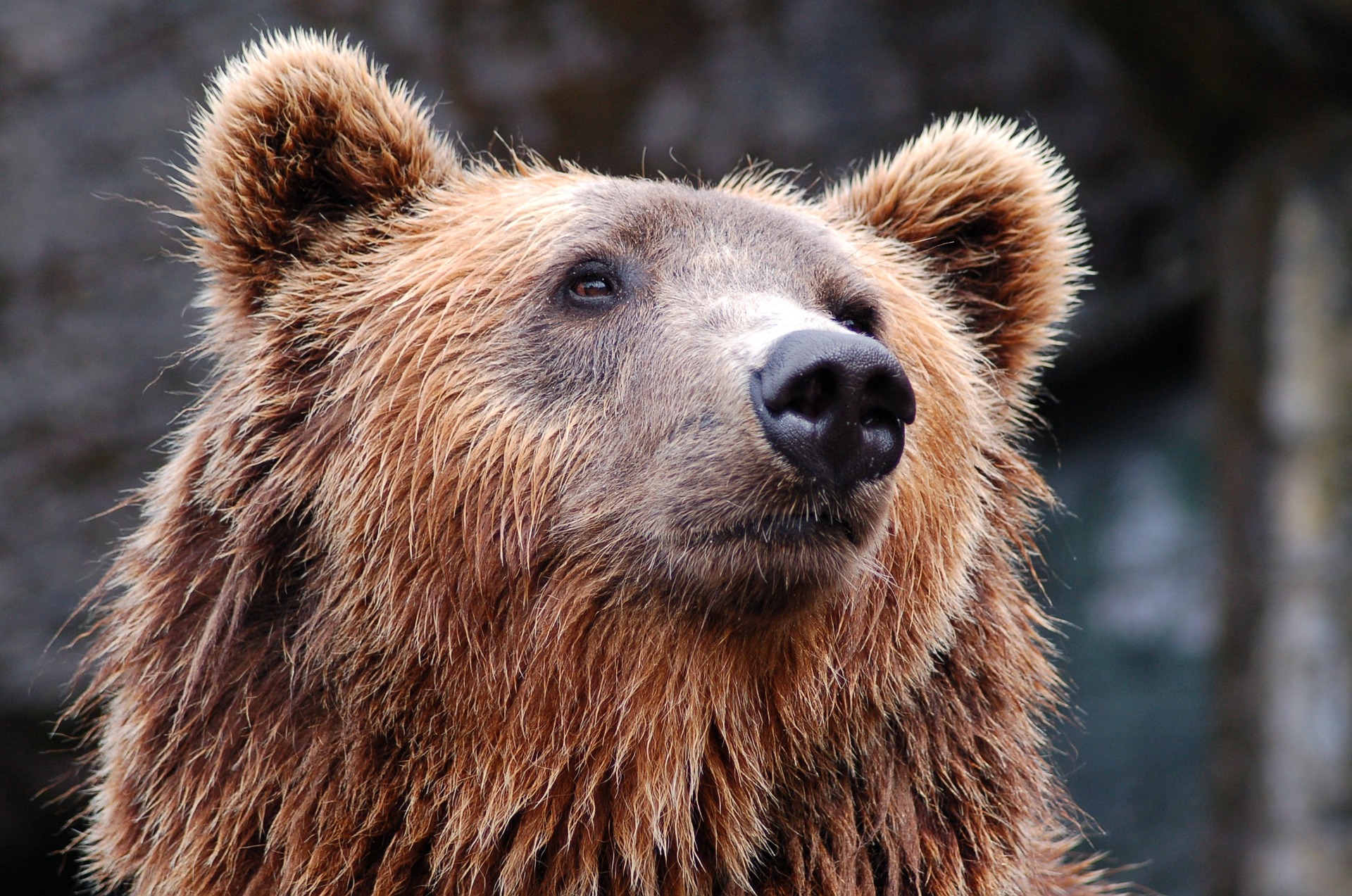Mottled Bear
Mottled bears are voracious and curious omnivores, devouring anything that looks edible. They are recognizable by their mottled brown and black fur.
Basic Information
Ecology and Habitats
Mottled bears are most commonly found in wooded areas with temperate or continental climates. They survive colder weather by storing up fat to provide energy for the lean season, limiting their activity and increasing their sleep habits, and by using their imperium to enter a deep resource-conserving trance while food is particularly scarce.
Dietary Needs and Habits
Mottled bears, as with most true bears, are omnivorous and maintain a diet including pretty much anything that looks edible. While generally known as opportunistic predators of fish, mammals, and even reptiles, the majority of their diet is comprised of plant matter including leaves, berries, mushrooms, and moss. As the weather turns cold the bears begin to eat more fats and proteins to store up energy for the lean season.
Additional Information
Average Intelligence
The mottled bear is reasonably intelligent. They have been known to recognize specific individuals who have treated them in the past with deference or abuse and react accordingly during a subsequent sighting. Females are doting parents and go to great lengths to protect their cubs.
Scientific Name
Ursus mottelus
Lifespan
25 years
Conservation Status
Least Concern
Average Height
3 to 6 feet
Average Weight
180 to 1500 lbs
Average Physique
Mottled bears are heavily muscular, although this is not typically visible during the shift from the warm to cold season due to the bears' efforts to develop fat stores for the leaner cold weather.
Body Tint, Colouring and Marking
The mottled bear is known for its mottled brown and black fur. They typically have a black nose and dark coloration around the eyes and mouth, although this is not always the case.






Comments